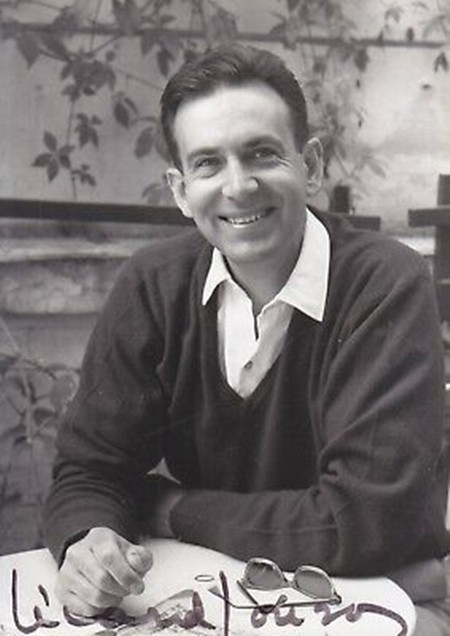
The other day I made a list of pieces of classical music inspired by fish. Yes, it’s sad, I know. Here we are in one of South East Asia’s most vibrant cities and I am sitting at home making lists of music about fish. I really must get out more often. As it turned out, the list wasn’t exceptionally long, perhaps because few composers find fish suitably inspiring. Debussy wrote a piano piece about a goldfish, but it’s in the key of F sharp and hopelessly difficult, at least by my limited pianistic standards. Another French composer, Erik Satie composed a piano piece called The Dreamy Fish and in 2005 the British composer Cecilia McDowall wrote a jolly number for alto saxophone and strings with the curious title of Dancing Fish. At the age of twenty-four, Benjamin Britten composed a rather serious song for voice and piano entitled Fish in the Unruffled Lakes. And before I forget, fish are depicted in the Saint-Saëns piece Aquarium from “Carnival of the Animals”.
And that, you might be relieved to know, is about it. The prolific American composer Alan Hovhaness wrote a short but captivating work called And God Created Great Whales, which was premiered in 1970 and blended recordings of whale sounds with those of an orchestra. And yes, I know that whales are not actually fish but from a distance they look as though they ought to be. And that’s another thing. Did you realise that the whale is the closest living relative of the hippopotamus? It’s not exactly relevant to this column, but I thought you might be interested. Anyway, perhaps the most well-known fish song was written by Franz Schubert using a poem by someone confusingly named Christian Schubart.
We tend to think of Schubert as a composer of symphonies and chamber music but in his day, he was best-known in Vienna as a songwriter. Among his six hundred songs, this one, entitled Die Forelle (“The Trout”) is probably his most famous. Schubert was only about twenty when he wrote the song in 1817 and it’s not difficult to understand why it became so popular. The melody has a kind of folksy charm and the sparkling piano accompaniment suggests a fish darting through rippling waters. There’s no shortage of excellent performances on YouTube, but I find myself returning to the old 1967 recording made by Gérard Souzay in which pianist Dalton Baldwin provides a splendidly articulated accompaniment. Souzay was one of the finest baritones of his time. He brings a delicacy and lightness of touch to the song and a compelling sense of style which few other singers can match.
The popularity of Die Forelle encouraged Schubert to write a set of variations on it for the fourth movement of his Piano Quintet, which he completed the following year. Instead of the conventional combination of string quartet plus piano, Schubert scored this work for piano, violin, viola, cello and double bass but strangely enough it wasn’t published during his lifetime.
For such a young composer it’s a remarkable work. If you are new to Schubert’s chamber music, here’s a great place to start because Schubert’s skills as a song-writer are much in evidence throughout. The work is simply packed with tunes. There are several recordings available on YouTube but this Hungarian performance is one of my favourites, recorded in 1982 in the opulent Congress Hall of the Hungarian Academy of Sciences. The recording is getting a bit old in the tooth, as the audio and video quality will testify, but these wonderful musicians give a captivating performance to which I listened with admiration. The phrasing and articulation are superb and there’s a splendid sense of elegance and style.
They take the third movement (21:04) at a fair old lick and this is surely the fastest I’ve ever heard it played. In contrast, the start of the theme and variations on Die Forelle (24:40) begins almost dreamily. Schubert weaves the original fish song into wonderful melodies of Mozartian elegance, especially during the lovely cello solo. But just wait for the stunning show of pianistic bravura in the fourth variation (27:57). A lively and engaging last movement brings the work to a satisfying conclusion with several false endings, perhaps a glance back to Haydn’s “Joke” quartet. If you have an hour to spare, treat yourself to this exceptional and delightful performance, enhanced with a glass or two of cold, crisp dry white wine and perhaps a few slices of smoked salmon. Or even smoked trout, if you are a purist.




